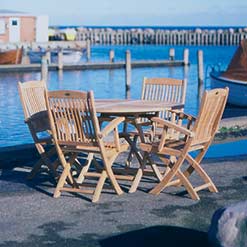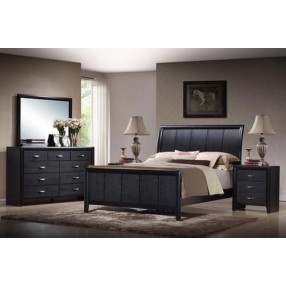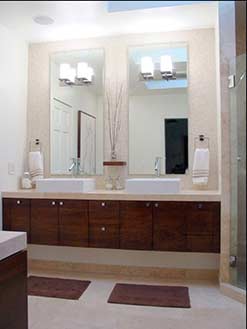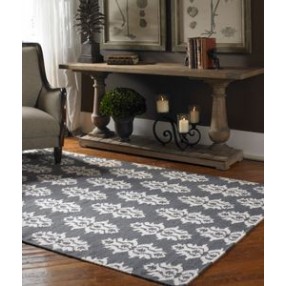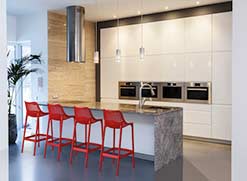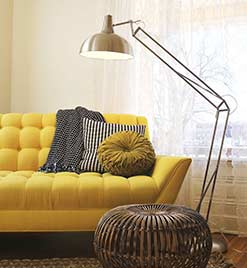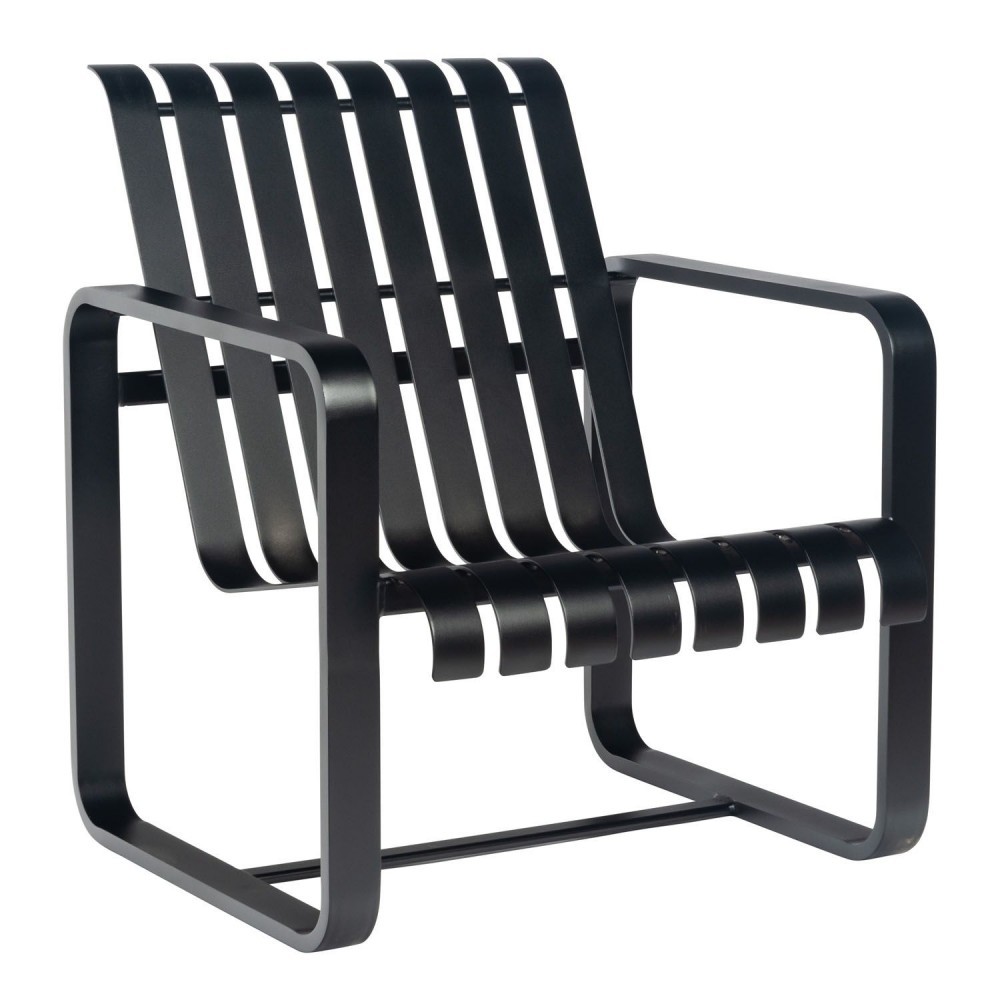
Considerations for Choosing Outdoor Furniture
Now is a time for new ideas and new ways of doing things. Because of the restrictions put in place because of the pandemic, more businesses are moving their operations outside. Even though it’s important to set a budget and stick to it, looking more closely at product quality and durability can have a big impact on your budget and income in the long run. It might seem like the easiest solution to just go to Costco or IKEA and buy some coastal living furniture, but let’s look into why this might not be the best idea.
Outdoor Specific –
It might seem obvious, but it’s important to choose materials that are made to be used outside. Telescope patio furniture Materials made for outdoor use are made to stand up to the weather and will last much longer than something made for indoor use. There are a lot of different styles and colors of outdoor furniture and fabrics that can stand up to the sun, rain, and wind.
Moisture Resistance-
At some point, rain, humidity, and moisture will get into any outdoor space. This can cause mold, mildew, and rot. Materials that work well outside include powder-coated metals, teak, resins, and recycled plastics. There are a lot of good outdoor fabrics that can stand up to water, even outdoor velvets. After one rainy day, IKEA particle board tables will be ruined and will need to be replaced, preferably not with more of the same tables.
Sun/ UV Resistance–
Ultraviolet rays can cause materials to fade and degrade quickly. Things that have faded give the impression of being old (and to many customers, uncleanliness). Be aware that some natural materials, like teak, will keep their shape in the sun, but they will still fade, which may or may not fit with your design style. Both high-end resin and metal furniture are good choices.
Not likely to rust –
This is especially scary if you live near salt water. The salt in the air will quickly eat away at things. Copper and brass, aluminum, stainless steel, or galvanized steel are all good choices for metal parts. Copper does change color over time, which should be taken into account from an aesthetic point of view. Copper and brass are also naturally antimicrobial, which is a fun fact!
Wind –
When choosing furniture and decorations, think about how they will move in the wind. No one wants to be chasing furniture or table accessories down the street. Tables must have heavy bases, and umbrellas must have the same thing. Depending on where you live, it might be a good idea to buy a windbreak or partial barrier (that is attractive and well-made, of course!).
Maintenance –
Don’t forget about the cost of upkeep when choosing materials and furniture. Every season, wood furniture will need to be re-stained and probably sanded, while plastic or metals made for outdoor use will probably only need to be wiped down. Fabrics and cushions will need to be cleaned often.
Conclusion
High-quality items may cost more up front, but they will save you more money in the long run because they will last longer and need less maintenance. A designer who knows what they’re doing can point you in the right direction and help you find the right furniture for your style and budget. Most designers have access to furniture and fabric lines that are only sold to the trade.


